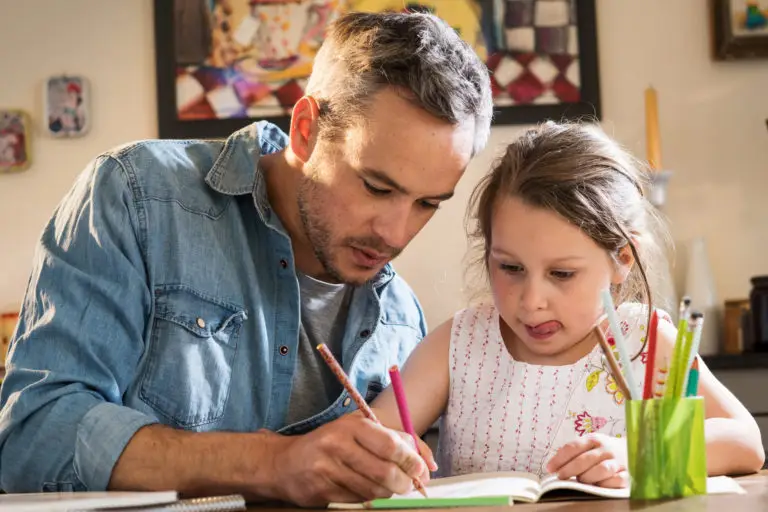Students will be coming to the end of their first week of distance learning, after the Government announced that, from Monday 23 March, all schools will be shut for all students, except for vulnerable children or children of key workers.
As we face uncertain times, over the next few weeks and months, it’s essential that everyone looks out for one another, and that we regularly check up on our friends and family. We all must be mindful of students’ mental health and wellbeing as they too adjust to remote learning and social distancing.
To help teachers and parents, we’re sharing our top tips on how students’ mental wellbeing can be supported during this time:
Unwind with enjoyable activities
While many school students may still be working hard at home to ensure that the lesson content remains ingrained in their minds, it’s important to take regular breaks throughout the day. This can range from calling friends to playing boardgames with family members. Making time to unplug will break up their day and will help, students more effectively engage with their learning materials when it comes time to focus.
Get physical
Exercise plays a key role in maintaining our mental health and wellbeing – this applies to young people as well. With this in mind, it is important for students to take time out each day and go for a walk, run, or just play outside.
Get into a regular routine
By getting into a regular routine, students will be able to more clearly anticipate and plan their day – providing much needed structure, particularly, for people who struggle with anxiety. Establishing a routine can also help stabilise their internal clock and improve their overall sleeping pattern.
This is important in ensuring students have more energy to focus on tasks throughout the day, whether this is homework assigned by teachers while schools remain closed, or general revision to stay on top of lesson content.
Be mindful of your environment
While learning from home may feel limiting, it’s important to remember that there is still some flexibility in switching up our work and school environments.
To help break up the monotony of each day, we suggest mixing up where students spend time throughout the day. For example, they could do some yoga or exercise in their room or backyard in the morning, do some maths revision at the dining room table, and then move to the lounge room for complete their assigned tasks after lunch.




